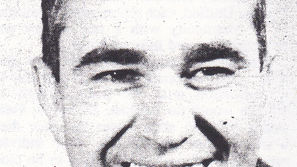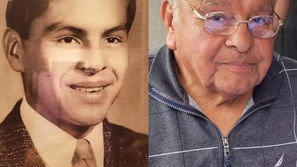Book Talk: ‘Rear Window’ Revisited — ‘The Woman in the Window’
- Jim Glynn
- Sep 28, 2022
- 2 min read
OMG! In A.J. Finn’s debut novel, “The Woman in the Window” (2018, 427 pages), there is a confluence of Alfred Hitchcock’s “Rear Window” and Edgar Allan Poe’s “The Tell-Tale Heart” with a smattering of film noir as in the old black-and-whites with actors like Humphrey Bogart, Lauren Bacall, Jimmy Stewart, and Barbara Stanwyck. The writing is so good that Stephen King (yes, that Stephen King) calls it “unputdownable.”
It’s not often in one’s life that a person can start reading a modern novel and get a hundred pages into the story when it suddenly dawns on her or him that this is not just another murder mystery; this is great. Finn’s style is reminiscent of F. Scott Fitzgerald, Shirley Jackson — or more recently — Patricia Highsmith. Reading this book is like watching “Rear Window” and “Vertigo” back-to-back at the Bates Motel.
The plot settles exclusively on Dr. Anna Fox, the lone resident of a four-story brownstone in a fashionable section of Harlem. She’s a child psychologist whose husband Ed and daughter Olivia are “somewhere else.” But she speaks with them, often more than once a day. Otherwise, she has little human contact because she’s agoraphobic (afraid to leave her house), alcoholic, and an abuser of prescription drugs.
Early on in the novel, Anna has a significant visitor, Jane Russell. No, I’m not talking about the late actress. Jane claims to be a new neighbor. She lives with her husband and son, and she’s a pleasant woman who shares a bottle of wine and a game of chess with Anna before returning to her home.
Anna views the little world around her from her window, which looks across a small park to the Russell house where she witnesses Jane being stabbed to death. Can Anna truly believe her perceptions, or is this another hallucination, like the many logic traps that Finn sets in the novel. Anna is well aware of the fact that the drugs she takes by the handful and the wine that she drinks by the bottle can cause imagined visions, but she’s nevertheless sure of the murder that she’s witnessed.
Somehow, she’s got to prove her claim to police detective Little, a compassionate man who promises to be always at her service. Although Little is aware of Anna’s conditon, we get the impression that he’s done his homework on Anna, the kind of problems that she’s experiencing, and the alleged crime that she claims to have witnessed.
Anna’s isolation is an ongoing problem throughout the book. Aside from occasional visits with her psychiatrist, her tenant David who lives in the basement, and Ethan (the Russells’ son), most of her contact with the wider world is through “Agora,” a computer connection to other people who share the affliction with her. She can help them heal; after all, she is a psychologist. And, of course, she doesn’t understand that “Agora” can also be the instrument of her demise.
If you can turn pages while biting your nails, this book is for you. I sincerely hope that Finn (Dan Mallory, a seasoned editor of mystery fiction in real life) has a second book on the way.
Enjoy.
• • •
Jim Glynn may be contacted at j_glynn@att.net.


























Comments